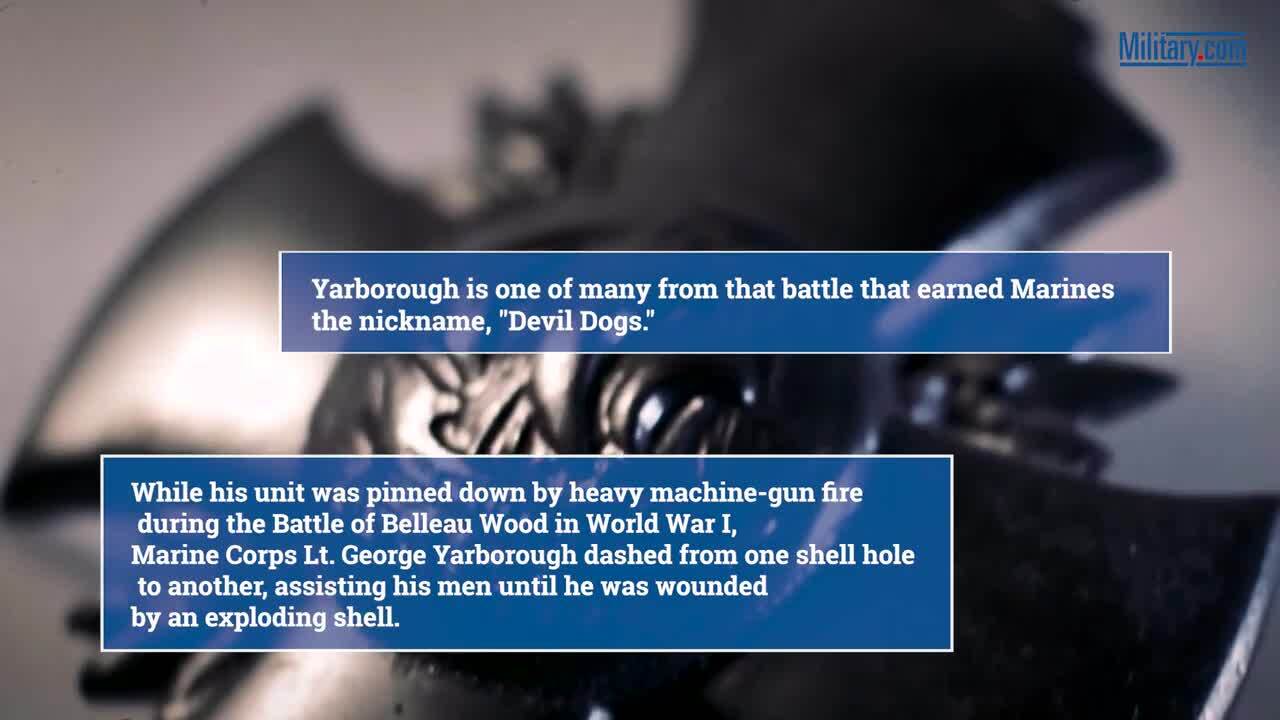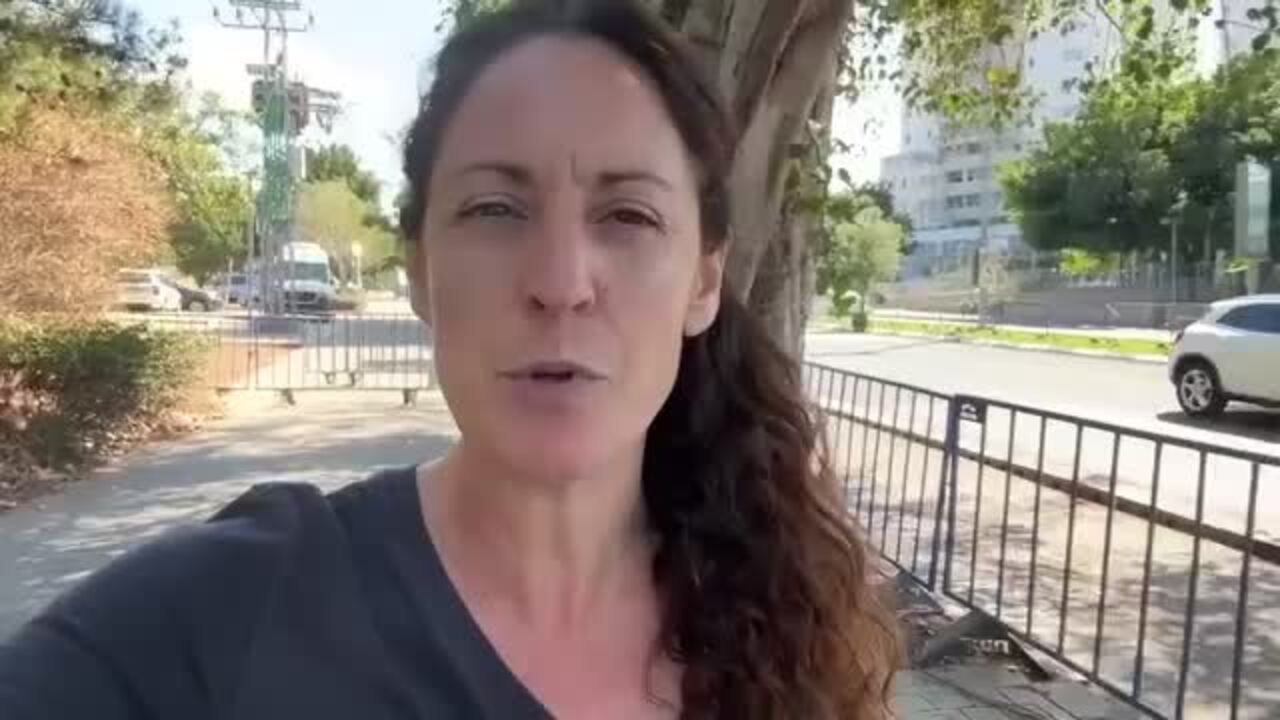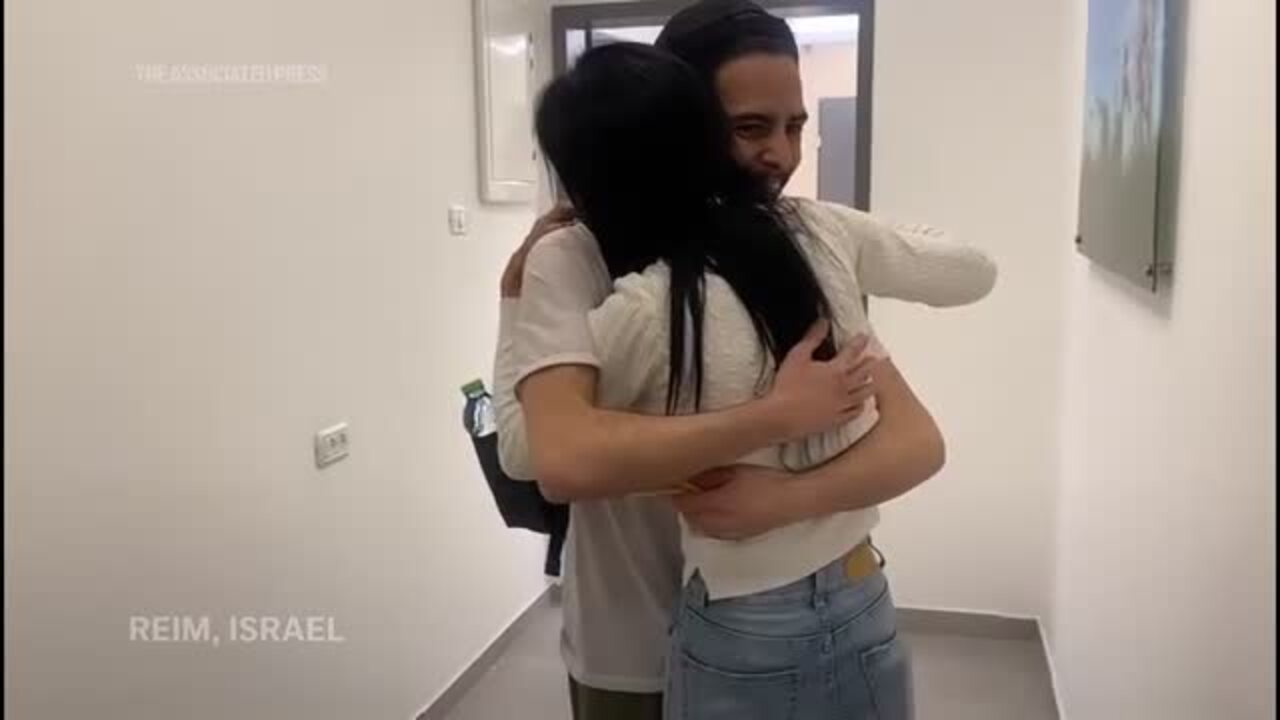WASHINGTON -- American Indian code talkers from 566 tribes were honored with Congressional Silver Medals at the Capitol, Nov. 20.
Also, leaders from the tribes' 33 nations received Congressional Gold Medals, recognizing the code talkers' important contributions made during the two world wars.
Most of the code talkers have passed away, so family members were on-hand to accept the awards on their behalf.
While many Americans have heard of the Navajo code talkers because of the 2002 action war film "Windtalkers," there actually were code talkers from other nations as well, including the Comanche, Kiowa, Creek, Meskwaki, Chippewa, Choctaw, Cherokee, Lakota, Crow, Sioux, Dakota, Ho-Chunk, Hopi, Kiowa, Muscogee, Oglala, Oneida, Osage, Pawnee, Ponca, Pueblo, Seminole, Apache, Cheyenne, Menominee and Mohawk.
It was the job of code talkers to pass along secret or sensitive information on the battlefield via radio so that the enemy wouldn't be able to understand or decipher the transmissions. It is often said the job they did was so effective that their code was never broken.
Following the ceremony, the honorees visited the nearby National Museum of the American Indian, which is part of the Smithsonian Museum system.
Hopi Veterans Command Post 80 Chairman Leroy Shingoitewa, from Navajo County, Ariz., received the Congressional Gold Star Medal on behalf of his tribe for their code-talking work. He said the last Hopi code talker passed away about 18 months ago. The Hopi, he said, served with Soldiers and Marines in many campaigns, especially in the Pacific during World War II.
Calvin Birdinground Jr. received the Congressional Silver Medal on behalf of his father, Sampson Birdinground, who served in the Pacific with the Army Air Corps during World War II, as a Crow code talker.
Sampson passed away 10 years ago, and his son Calvin said he didn't even know his dad was a code talker until three years ago. Calvin said his father had carried his secret with him when he died because he had been told by the Army not to tell anyone.
Calvin's wife and other relatives were with him in their first visit to the nation's capital. Coincidentally, Calvin's wife's father was also a Crow code talker. All of the family members live on the Bighorn Reservation in Montana.
The late Charles Joyce Chibitty was a Comanche code talker in both the North Africa and European theaters during World War II. His nieces, Marleen Ulloa and Leena Chibitty McClung were on hand to receive his Congressional Silver Medal.
Ulloa said her uncle's work took him into harm's way a number of times, including during the D-Day landing at Utah Beach in Normandy, France. However, she said her uncle didn't dwell on the battles and the dangers, preferring instead to talk about the lighter moments.
She related one of those stories that she overheard when Chibitty was reminiscing with her father, who was also in North Africa and Europe during the war, but was in the Army infantry, not as a code talker:
"One day, my father was walking past a group of Soldiers in France who were on the radio. The voice caught his attention immediately because the language was Comanche. He soon realized it was his brother. My father walked over and the Soldiers let him speak so he told Charles in Comanche, 'hey, I'm the enemy and I've broken your code and I know everything you've been saying.'
"My uncle got really scared, but after listening to my father go on for a minute or so, realized it was his brother speaking. A number of times they spoke about that incident and got a real good laugh over it."
McClung said her father taught his children a lot of Indian dances which they in turn taught to their own children. Unfortunately, they said they didn't speak much Comanche because their parents went to boarding schools where speaking American Indian languages was discouraged, and so her parents thought it best not to teach the children. Plus, they grew up in Oklahoma, but not on a reservation.
Both sisters have sons who have served in the Army during Desert Storm, and McClung has two sons who are now serving in the Army in Afghanistan. They said the family is proud of its long U.S. military service.
Coincidentally, the same day the code talkers visited the museum, a busload of Soldiers and Army civilians from Fort Belvoir, Va., came to visit.
Master Sgt. George Hudson, a combat medic who served in Bosnia and Iraq, was one of them. His mother is Cherokee and his father is part Seminole. He said he's proud of his American Indian heritage and that this is the second visit to the museum, "because I couldn't take it all in with just one visit."
Like historic American Indians, Hudson said he's into nutrition and exercise, preferring herbs and other "healing foods" rather than pills. He said when the Army surgeon general came out with her Performance Triad, which highlights the importance of sleep, nutrition and activity, he was probably the first one on the bandwagon and pushed as much information out to his Soldiers as he could find because "I truly believe in it."
Master Sgt. Amy Lugo was another visitor from Fort Belvoir. She too was a combat medic with service in Afghanistan. Although she's not an American Indian, she said that she's empathized with American Indians all her life and as a small child, she pretended she was a Cherokee Indian.
"I was always fascinated with Native Americans living in harmony with nature," she said. "I also felt so bad for them when I learned their history and being forced onto reservations."
Her husband, retired Army Lt. Col. Alcides Lugo, is half Carib Indian and half Puerto Rican. The Caribs lived in the Caribbean Islands, as the name suggests. She said he's proud of his heritage and organizes pow-wows with local Seminole Indians every fall at the VFW Retirement Home in Fort McCoy, Fla. He's the director of that home. In the Army he was a tanker, serving several tours in Afghanistan, she related.
Spc. Xaverie Hildebrandt, another visitor from Fort Belvoir, hails from Cameroon. She said she came to the U.S. when she was 17, became a nurse, then joined the Army in 2008, where she's now a medic.
Hildebrandt said she's fascinated with the museum and can relate to things she viewed such as herbal medicines and tools used by American Indians. Although she grew up in a city in Cameroon, she said she used to visit her grandmother's farm where her grandma showed her different types of plants and herbs which had medicinal value. She said she has a great respect for American Indians who have an intimate knowledge of the land they love so much.
Part of the day's activities involved sampling American Indian food at the museum. Hildebrant said different foods prepared certain ways by each tribe is something she found especially interesting. In Cameroon, Hildebrandt said she often ate a dish which contained a lot of a vegetable known locally as "zung." She said she's never seen that vegetable in the U.S. and the closest thing to it is spinach, so she uses that instead, "but it's just not the same thing."


























